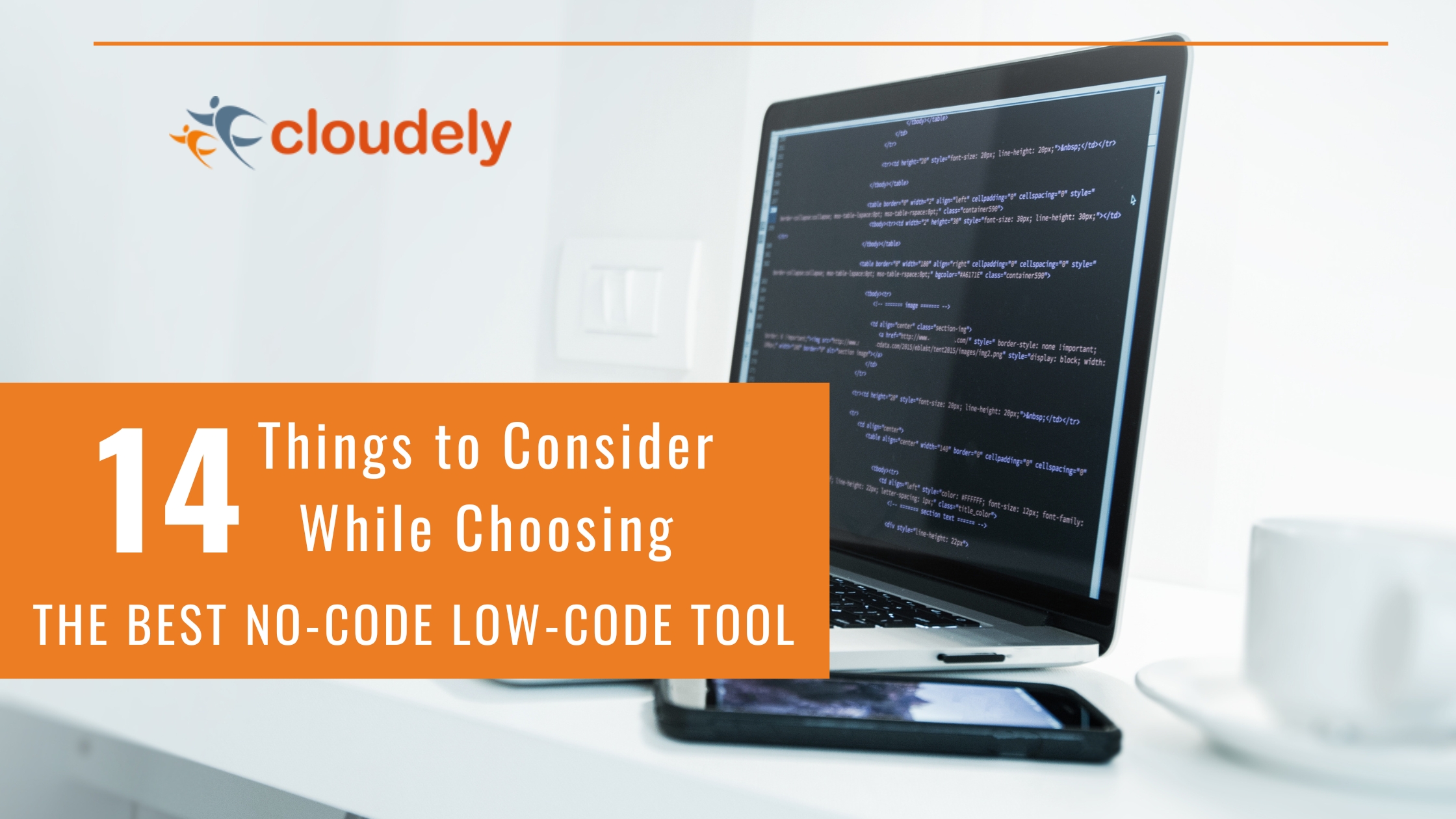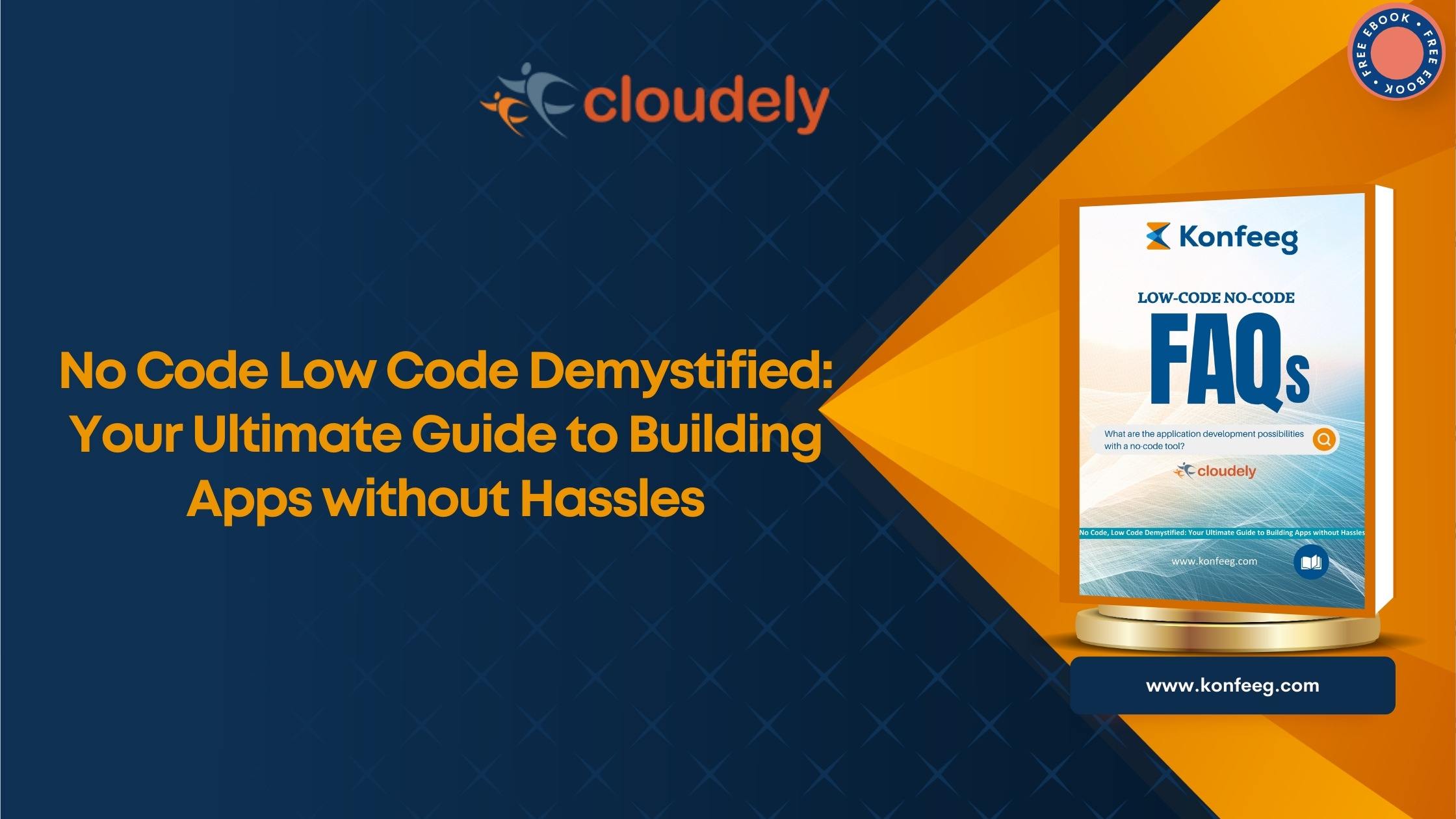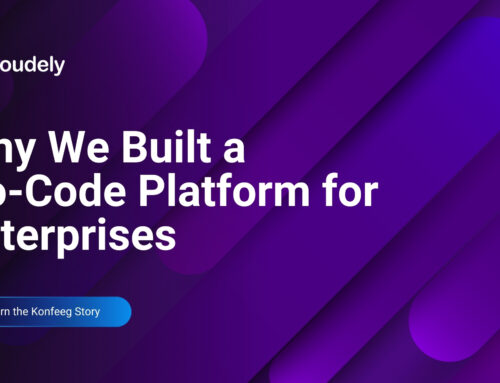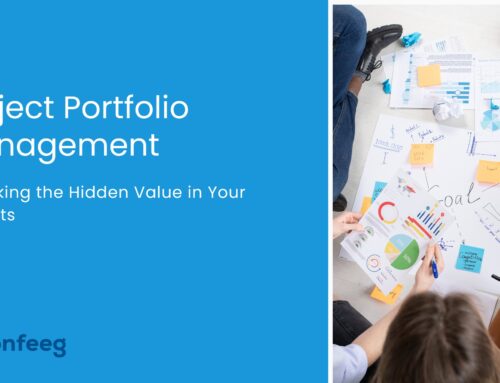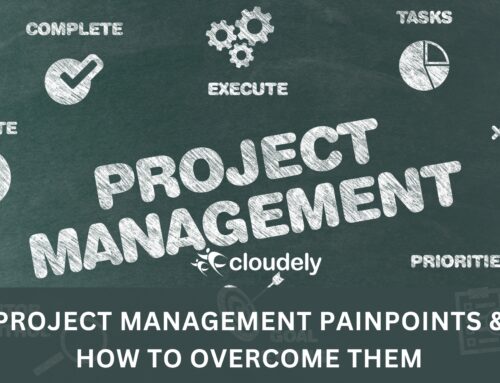The rate of no-code revolution continues to increase at an astounding rate. This is where best no-code low-code tool development platforms enter with the promise of agility – offering a way to deliver applications and ideas without barriers or delays rapidly. Yet, with such a crowded field, how can you select the right no-code partner to power your innovation initiatives? This article explores the top factors to consider.
Key Factors for Choosing a No-Code Low-Code Tool
The key factors below are to be examined when selecting the best no-code low-code platform.
1. Understanding Your Needs
The first step is understanding your requirements clearly. Define the type of applications you want to build, target users, development workflows, and more. For example, do you need internal productivity tools or customer-facing apps? Are you targeting professional developers or citizen developers? Answering such questions upfront helps shortlist tools accordingly.
2. Considering Your Budget
Carefully examine the pricing options – per user, monthly or annual subscription. Check for volume-based plans catering to large enterprise needs. Make sure educational, team and promotional pricing are available. Evaluate the total cost of ownership over the app lifecycle. Consider if additional charges are levied for expert support, add-ons or customizations. An affordable pricing aligned with your budgetary needs is ideal for long-term usage.
3. Types of Applications Supported
Not all low code no code tools can build every type of application. The use cases of no-code low-code platforms can be diverse. Some focus on specific domains, like process automation or website builders. Feature-limited tools may restrict your freedom to design your dream application. Check if a tool supports your required application types, like Web, Mobile, Desktop, IoT, Data, and Bots.
4. Development Flexibility
Evaluate how much control the tool provides over the development process. Can developers customize workflows, data models, and UIs and integrate other systems as per evolving requirements? Or does it constrain flexibility? Opt for tools that don’t limit potential with their frameworks.
5. Code Quality and Options
Some tools provide pre-built configurations with little control over the generated code quality. Check if a tool allows handling coding tasks or adding custom logic. Look for code previewing, customization, and options to download code in different programming languages.
6. Security and Compliance
Security is a top priority, especially for mission-critical enterprise apps. Ensure the tool has robust measures for authorization, authentication, encryption, input validation and secrets management built-in. It should allow the setting up of granular role-based access controls on the app and data elements. Look for integration with SSO providers like OAuth and OpenID Connect. Strong security features are vital for apps holding sensitive company and customer data.
7. Scalability and Performance
As applications and users grow, tools should scale efficiently. Consider a tool’s ability to handle increased traffic, large datasets, and complex workflows smoothly without degrading the UI. Opt for ones proven at large enterprises with metrics on handling spikes.
8. Support and Community
Comprehensive help resources and active communities help in times of need. Check the support response times, documentation quality, tutorials, frequently asked question databases, forums for peer-to-peer discussions and more. An engaged community eases the learning curve.
9. Integration With Other Tools
No-code tools should offer out-of-box database bindings and API integrations. Check compatibility with relational databases like SQL Server and MySQL and NoSQL options like MongoDB. Look for a library of enterprise connectors for SaaS platforms like Salesforce, Oracle, etc. Restful API capabilities ensure that developed microservices integrate seamlessly. The tool must handle data modelling, mapping, relationships and CRUD operations without code. Effortless data handling makes apps extraordinarily functional.
10. Choosing an Open-Source or SaaS Platform
Open-source tools provide freedom but require resources for hosting and support. SaaS platforms take care of maintenance but have licensing costs. Understand your in-house capabilities to support an open-source one against the premium support of SaaS.
11. Team Expertise and Needs
Match the tools to your teams’ existing skills and growth plans. Some cater to specific frameworks like React or .NET. Others are multi-framework. Consider simple GUI builders for citizen developers or full-stack tools for professional coders.
12. Mobile App Development
If mobile apps are needed, check the tool’s features like cross-platform support, offline sync, camera, location access, etc. Greenfield building complex mobile apps requires more robust solutions.
13. Industry-Specific Tools
Specialized best no code low code tools for healthcare, finance, and education exist. Evaluate their domain-specific compliance, features, and ecosystem partnerships for highly regulated domains.
14. Future Scalability Potential
Successful tools attract continued investments, ensuring sustained product updates and features. Consider tools with active communities, frequent releases addressing feedback and adoption by large enterprises as a reliability indicator.
Your Decision Makes a Difference
With the advantage of the no-coding, it’s easy to get carried away by many shiny options. However, carefully evaluating these factors helps identify the the Best No-Code Low-Code Tool. Matching needs, expertise, budget and requirements with a platform’s capabilities guide a structured selection. Don’t rush into an impulsive choice – take your time to fully understand your specific context before finalizing the best no-code or low-code tool to power your applications painlessly!
Who are we?
Cloudely Inc. is the maker of the best no-code low-code tool – Konfeeg. With Konfeeg, enterprises can develop their signature applications in hours! To experience Konfeeg, write to us at hello@cloudely.com.

